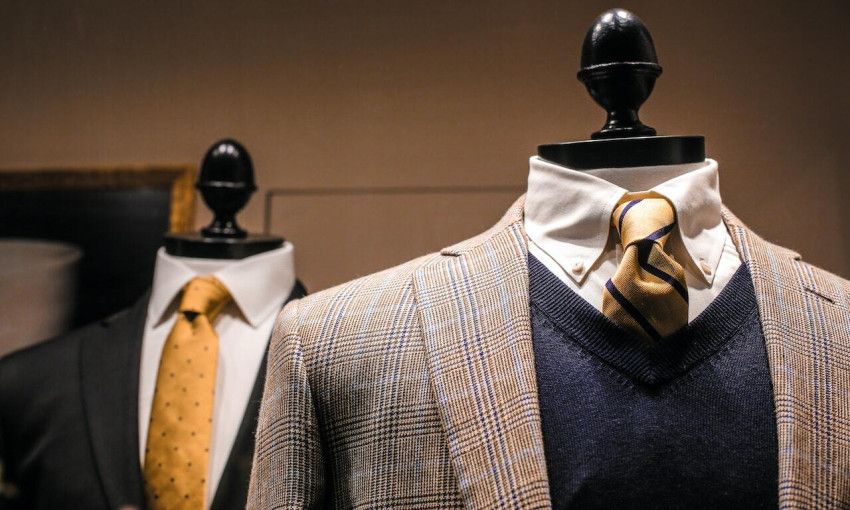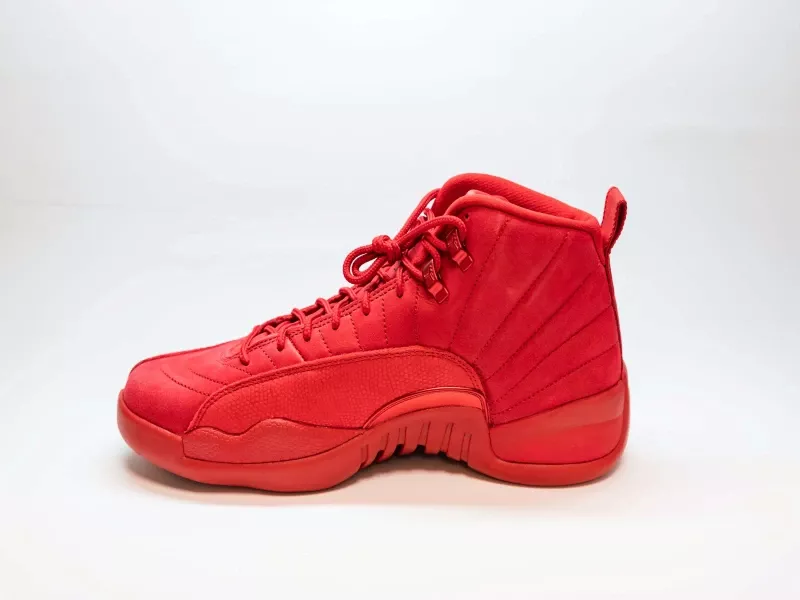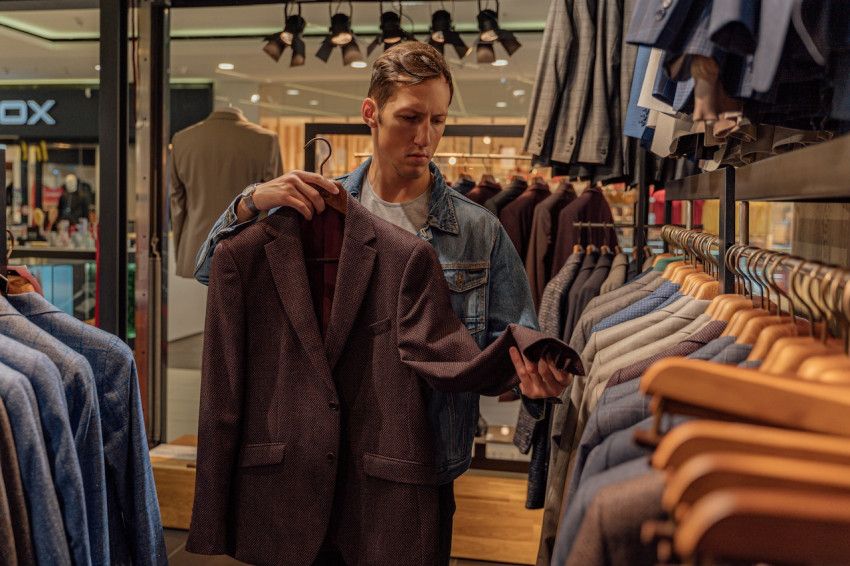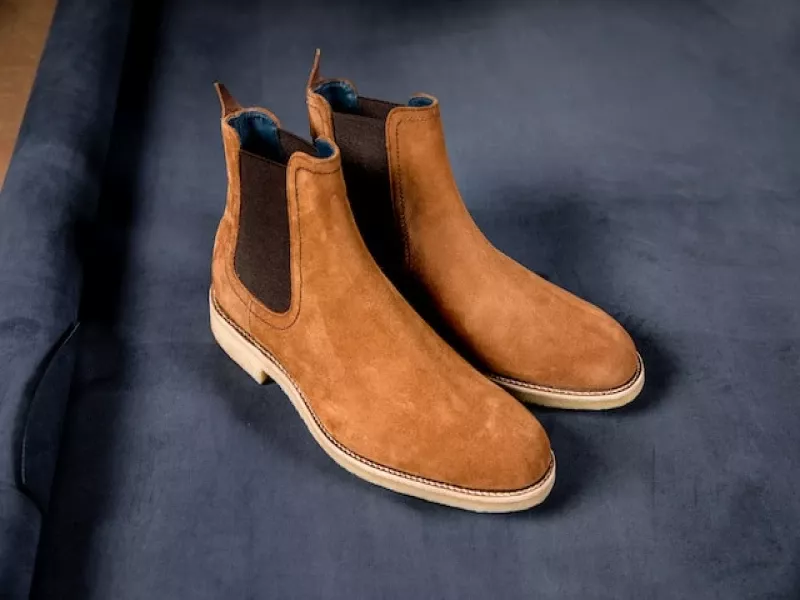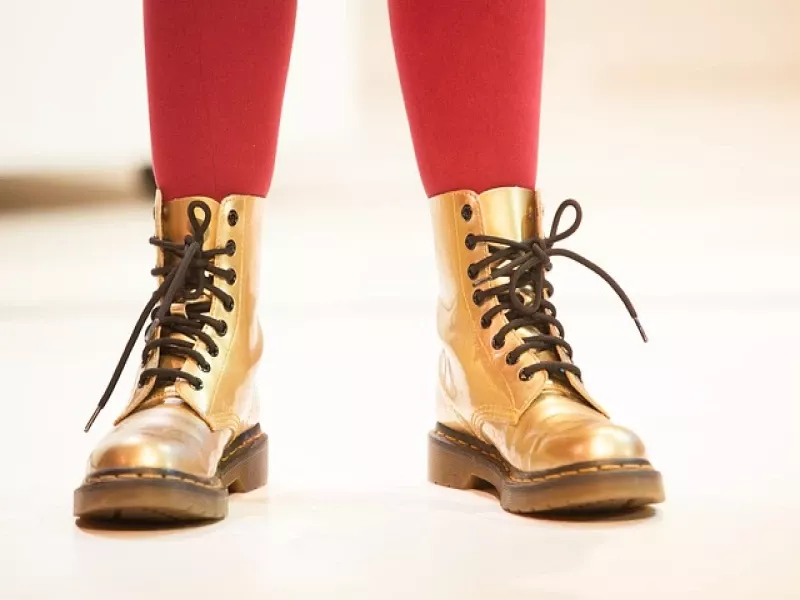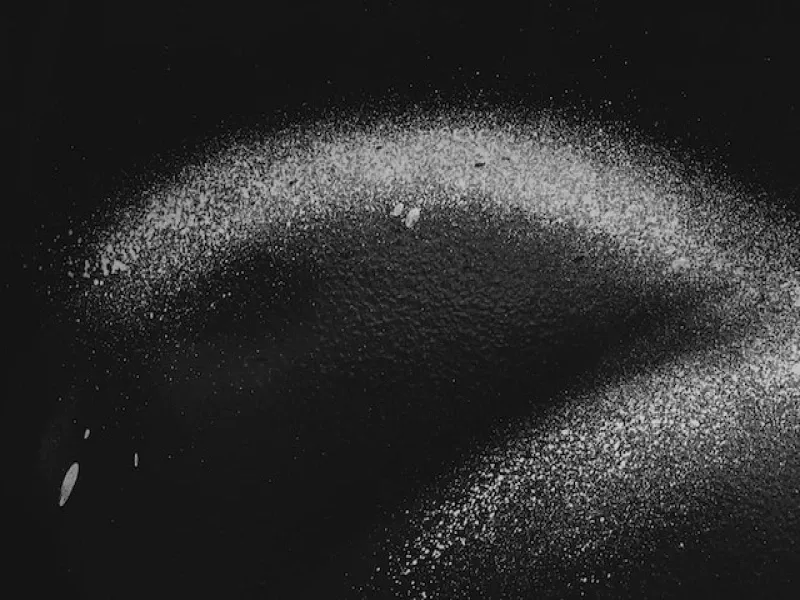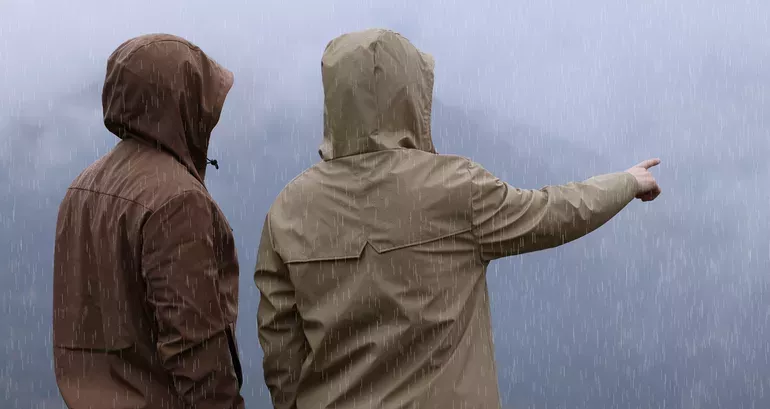
Buying rain gear? Here's how to choose
Buying rainwear is usually done with one practical thought: you want to stay protected from the rain and/or snow. But what should you look for when buying rainwear? You may have heard of certain terms such as a membrane or the water column of rainwear. Of course, it could also be that you have no idea what we're talking about right now. Whatever the case for you: in this blog, we will teach you everything there is to know about choosing the right rainwear.
Rainwear is actually quite a broad term: it comes in different varieties. In addition, you also have rainwear intended for different activities. Of course, it makes a difference whether you have to cycle to work in light rain for 10 minutes or an hour in the pouring rain. Both situations require a different type of raincoat with different characteristics. For light rain of short duration, the jacket requirements are not as high as when it rains for a long duration. Want to learn more? Read on quickly to find out what you need to consider when buying rainwear!
What will you use the rainwear for?
Before you can decide what kind of rainwear you need, you need to ask yourself what you are going to use it for. Do you want to use it to climb snow-covered mountains and does it really need to be able to take a beating? Or do you just want to arrive dry at work? Think carefully about this when choosing what features your rainwear should have.
Important features of a raincoat
When you go to buy rainwear, you will see that it is described by a number of important features. However, if you do not know what these mean, then you will be none the wiser. Therefore, we will briefly discuss what each of the features of rainwear mean. This will help you make an informed choice when buying new rainwear.
Buying water repellent or waterproof rainwear
When you buy rainwear, the first thing you need to pay attention to is whether it is water-repellent or waterproof. In fact, water-repellent rainwear can only handle short showers and drizzle. Its main purpose is to keep wind out and thus provide warmth on dry days. Therefore, it is best not to wear it if you are planning a long hike with a significant chance of rain. For this, it is best to choose waterproof rainwear. This has a higher level of waterproofing and does keep the water out. There is a difference in the degree of waterproofness between waterproof rainwear. You can tell the difference by the water column. We will tell you more about this in a moment.
Membrane: for breathable rainwear
A membrane is a thin membrane layer with pores that is applied to the fabric of rainwear to increase its waterproofness. There are two types of membranes: there is the microporous membrane and the hydrophilic membrane. A microporous membrane consists of pores. These pores are large enough to allow water vapor to pass through but at the same time are many times smaller than a raindrop. This allows you to easily release your heat when sweating but prevents water from the outside of the fabric from passing through. The hydrophilic membrane has no holes but still allows water vapor to pass through on a molecular level. The advantage of a hydrophilic membrane is that it is less susceptible to dirt.
Coating
Instead of a membrane, there is also rainwear that uses a coating; or polyurethane layer. This is a lot cheaper but, unfortunately, this is a lot more susceptible to wear and tear. Over time, and especially with heavy use, a jacket with a coating will become less and less waterproof. Rainwear that uses membrane layers is therefore better quality. By the way, coatings can also be made microporous or hydrophilic, just like a membrane.
Water column: the waterproofing of rainwear
The water column has everything to do with the waterproofing of rainwear. It indicates how many millimeters of water per square centimeter can fall onto the fabric before leaking through. Rainwear with a higher water column can withstand the rain longer before it begins to leak through to the clothing underneath. It also tells you how much pressure the fabric can handle before water is allowed to pass through. For example, a raincoat with a water column of 3000mm can handle pressure of up to 3 meters. Of course, 3 meters of water is not likely to fall on your rainwear. However, that pressure can occur the moment you sit down on a wet surface with rain pants on. So when you are walking it is less important than when you are sitting on a wet bicycle saddle. Below we briefly explain the different values used to indicate the water column of rainwear.
These are the different water column values
- 0 mm-1000 mm water column: the garment is water repellent, but not waterproof.
- 1000 mm-5000 mm: the garment is waterproof but moisture leaks through the fabric with very little pressure; for example, when you lean against something.
- 5000 mm-15000 mm: the waterproofness of the rainwear is high enough to withstand an average downpour.
- 000 mm-30,000 mm: the rainwear is waterproof enough to keep you dry for an extended period during a heavy rain or snow shower.
- 0000 mm or more: rainwear with these values is actually impossible to find because such high values result in a thick, hard plastic sheet.
Rainwear with taped seams
So we can conclude that good rainwear has a membrane and a high water column value. This makes the rainwear breathable but also waterproof. However, we must not forget the seams of the rainwear; otherwise the rain will still penetrate. For this reason, every seam is taped to keep the rain out.
Rainwear with hood
This seems very obvious, yet we will discuss it briefly. If you are looking for rainwear that should keep you dry during more than just a small drizzle then you should ignore hooded rain jackets. Make sure the hood is form-fitting and adjustable so it can't drop in front of your eyes.
Rainwear with wind cuffs
Good rainwear ensures that no wind gets in through the sleeves. This is done by incorporating elastic material at the bottom of the sleeves. These are also called wind cuffs.
Rainwear with waterproof zippers and pockets
The material of the rainwear may be waterproof, but if the main zipper and pocket zippers are not, you will still get rainwater on your regular clothes. Therefore, make sure that the main zippers are protected with a flap and also the zippers of the pockets with flaps.
Buy rainwear in the right size
You want to be able to wear your rainwear during fall, but also during the colder winter months. Where during fall you still wear long-sleeved shirts, thin sweaters and sweatshirts, your clothes become thicker in winter. Not only do your sweaters and sweatshirts get thicker, but you also wear more layers of clothing. You often wear another cardigan over your clothes in winter. Therefore, make sure you leave enough room for this by not buying rainwear too small.
The different layers in rainwear
Rainwear, including raincoats, are constructed in layers. These are also called laminates. You can buy rainwear in two-layer,- two-and-a-half-layer or three-layer varieties. We will begin by discussing two-layer rainwear. In a two-layer raincoat, the membrane and the outer fabric are connected. The membrane on the inside is usually protected with a separate liner. However, there is also two-and-a-half-layer rainwear. These two-and-a-half-layer raincoats are lighter because they do not have a loose lining for protection but rather a thin layer. Then lastly, there is the three-layer rainwear. With three-layer raincoats, the outer fabric, membrane and inner lining of the jacket are found with each other. Of these, you can always expect the water column value to be at least 20,000 mm.
These are the types of rainwear available
Depending on how long it rains and what activity you undertake, there are different types of rainwear you could choose from. For example, consider buying just a raincoat or a full rain suit.
Buying a rain poncho
The advantage of a good rain poncho is that they are easy and quick to put on, making them very handy for when you are in a hurry. In addition, rain ponchos are often longer than a raincoat and always have a hood. Also, you can often carry a backpack under a poncho. On the one hand, there are thin ponchos that are meant to be worn only a few times, these are handy to take on vacation, for example. On the other hand, there are also high-quality ponchos that you can keep wearing.
Buying a raincoat
You can buy raincoats in different designs. For example, there are raincoats with or without a hood (or hat, depending on what you call it). There are also raincoats where you can easily remove the hat with a zipper. This is useful for when you are walking with an umbrella and it is quite windy. In this case, you do need a raincoat to protect your clothing from the rain blowing against you but do not need a hooded raincoat. The advantage of a raincoat over a rain poncho is that a raincoat fits your body better and therefore looks a little less bulky. Not everyone thinks rainwear should look nice, but we want to say it.
Buy rain pants
Rain pants are a good complement to your raincoat. You usually purchase rain pants when you often have to bike in the rain. When it rains, your legs - or pants - because of the pedaling always catch a lot of rain. Therefore, in this case, it is not enough to just wear a raincoat. If you are smart then buy rain pants with a zipper in the legs. This allows you to easily put the rain pants on over your shoes.
Buying a rain suit
Rain pants are a good complement to your raincoat. You usually purchase rain pants when you often have to bike in the rain. When it rains, your legs - or pants - because of the pedaling always catch a lot of rain. Therefore, in this case, it is not enough to just wear a raincoat. If you are smart then buy rain pants with a zipper in the legs. This allows you to easily put the rain pants on over your shoes.
Buy rain hats
Not a fan of a hood or hat on your raincoat and looking for a fashionable alternative? In this case, you can opt for buying a rain hat. These also keep your head dry and warm. In the process, they will keep the rain out of your eyes. If you have long hair, however, it will not stay dry.
Read more
Curious about more fashion tips? Check out our other blogs!
- The history of sneakers
- How to care for your jeans
- Ankle boots for women for every day
- How to polish your shoes the right way
- How to combine flat shoes with a dress of skirt
- How to pair boots with a dress
- 10 helpful tips against sweating
Get inspired, compare and purchase clothes and shoes safely and easily online at Dressed.com.

